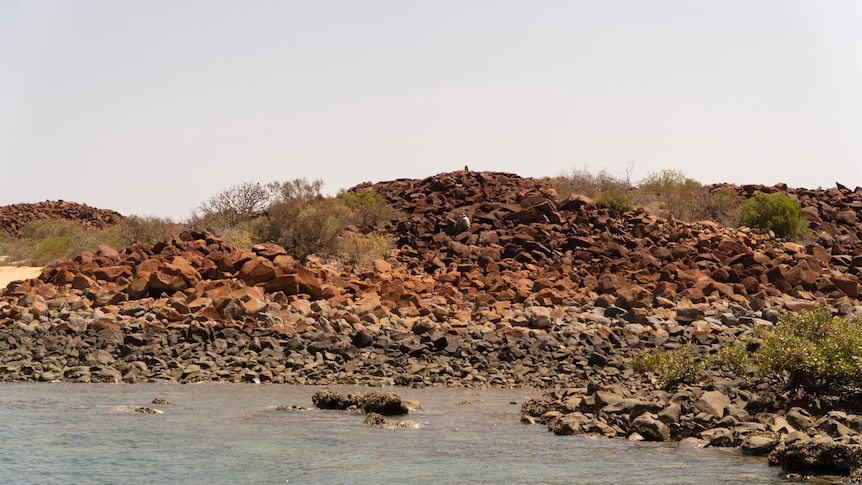This is the best summary I could come up with:
Popular theories about industry emissions damaging ancient rock art in Western Australia’s Pilbara region are yet to be conclusively proven, according to a new report.
A team of 55 researchers has been studying the impact of emissions from major gas and fertiliser plants on petroglyphs as part of a $27 million Murujuga Rock Art Monitoring Program.
The world heritage nominated Murujuga region, 1,500 kilometres north of Perth, takes in the Burrup Peninsula and Dampier Archipelago and is home to more than 1 million petroglyphs.
But the interpretation of previous studies has been debated and in 2019, the state government signed a partnership agreement with Murujuga Aboriginal Corporation to support the implementation of the rock art monitoring program.
The rock art monitoring program will also be used to support a UNESCO world heritage listing nomination for the Murujuga region, to show the environment is being properly protected and managed.
Murujuga Aboriginal Corporation ranger Kasziem Bin Sali will be among those trained in rock art monitoring in coming years.
The original article contains 740 words, the summary contains 166 words. Saved 78%. I’m a bot and I’m open source!
Anyone living on a major road for a long time will notice their walls slightly yellowing from the smog of all the cars. Not nearly as drastic as all those old houses when everyone used to smoke indoors, but it’s not insignificant.
So I can totally see the same thing occurring on rock faces and stuff caused by major industrial emissions.



